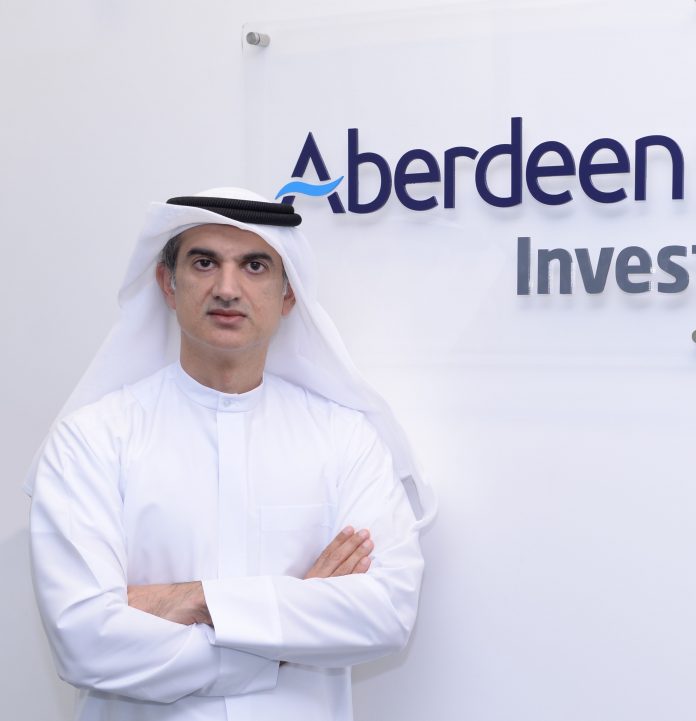
Emerging signs of economic diversification into future-proof sectors bode well for GCC economies and MENA investors long-term.
The long-term outlook for MENA based investors looks surprisingly positive due to digital acceleration and other signals of growth in non-oil sectors due to the global pandemic, according to Aberdeen Standard Investments (ASI).
Covid-19 continues to ravage economies around the world. The most recent forecast from the International Monetary Fund (IMF)1 predicts a very gloomy end to 2020 for the GCC with GDP expected to shrink by 7.6% for the year, notably worse than the 2.7% contraction predicted in April.2
However, ASI believes the strength and wealth of governments in the region, plus the push to expedite diversity across economies, point towards a far healthier long-term outlook, with some early signs starting to appear.
Edris Alrafi, Head of Middle East & Africa for Aberdeen Standard investments (ASI, said: “2020 will be remembered by most as the worst year in recent history for many reasons and the economic devastation should not be downplayed with the remainder of the year expected to be extremely difficult.
“However, for investors it is important to look further ahead, which is where we will see the positive effects of more digitally enhanced and diversified economies coming into play. This is certainly the case in the GCC where there are signs the pandemic has accelerated the economic diversity from oil to non-oil sectors.
“This is a very positive signal for investors as they look to focus on longer term growth opportunities, rather than be stifled by immediate challenges such as austerity measures via the swift and substantial government spending cuts.”
The IMF shares some of this optimism, projecting growth of 2.5% in 2021, spurred to some extent by the fact that most equity markets in the GCC have rebounded amid easing lockdown restrictions and rising oil prices3.
An election-free agenda coupled with relatively low levels of government indebtedness – 39% in Kuwait, 15% in Saudi Arabia and 13% in Abu Dhabi4 – are further advantages for the GCC as a region in looking to leverage new opportunities.
A report from global research giant Frost & Sullivan5 highlights ‘megatrends’ that are expected to shape a more diversified GCC economic future. It claims the internet is expected to account for 5% of GDP by 2030, up from 4.1% in 2018, with all six states expected to launch 5G mobile services by the end of 2020.
Other notable insights from the report include: 250 fintech start-ups are operating across the GCC, with regional activities projected to expand by 50% over the next five years; and the cumulative installed generation capacity for renewable energy across the GCC is expected to reach 72,300 MW by 2030.
Advances in technology across 5G networks and artificial intelligence, among others, are also expected to help drive digital transformation across all sectors.
A recent global study by Mastercard6 shows a surge in online payments in line with the rush to e-commerce, with 54% of respondents in the UAE saying they believe the preference of e-commerce over in-store shopping is a trend that is here to stay.
Edris continued: “The dial has been cranked up on digitisation across all sectors and we are already seeing new consumer behaviours fuelled by the pandemic.
“Regional governments embracing new business models and committing to fostering private enterprise in sectors slated for growth will help accelerate this further as will the continued investment in higher-quality infrastructure, renewable energy and digital systems. This should result in strong performances in future-focused sectors such as technology, telecoms and healthcare.
“With several trends breeding diversity in the economic make-up and mind-set within the GCC, there is increasing scope for the right conditions to future-proof growth in the next five to ten years. This could provide us with strong long-term markets helping us to recover from the devastation of 2020.”



































